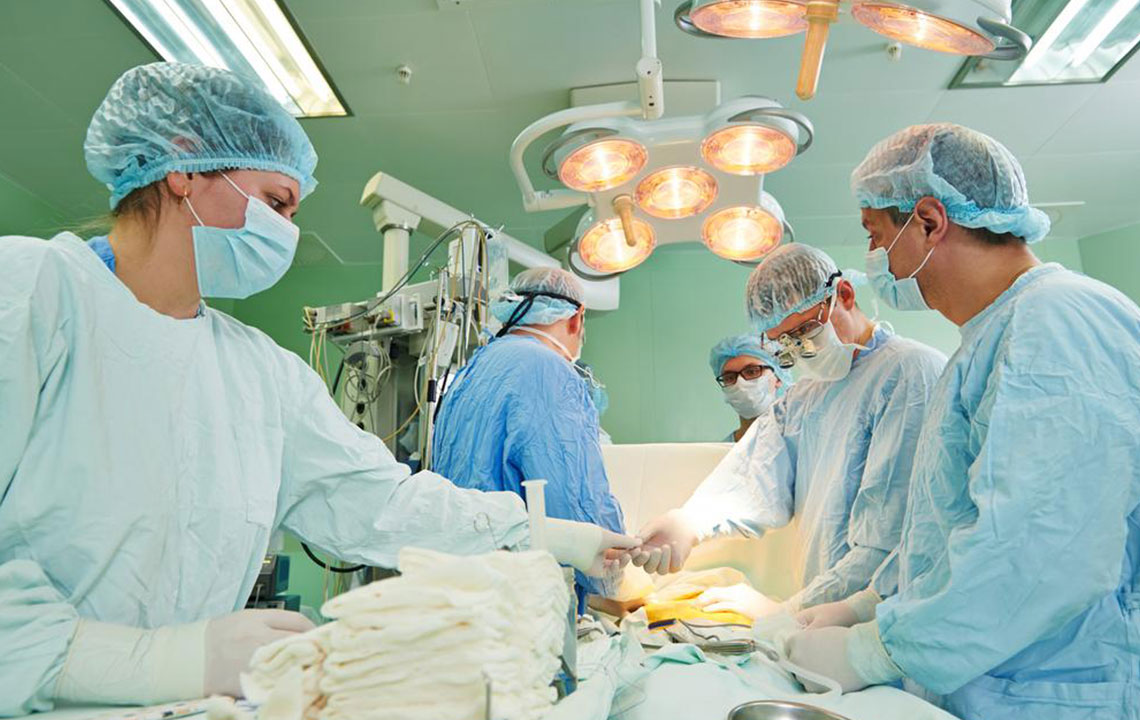Know Everything about Laser Surgery for Spinal Stenosis

People who have been suffering from spinal stenosis might be searching for a treatment option from the same. Though the mild form of spinal stenosis is controlled by physical therapy, stretches and exercise; serious cases might require laser intervention.
What is spinal stenosis?
Spinal stenosis is a painful condition which shows no symptoms in the beginning. It is, however, a condition in which some space in the spine becomes narrow. Spinal stenosis is also known by the name of vertebral stenosis. As the space in the spine becomes narrow in this medical condition, the bones begin pressing on spinal cords and other nerves.
The symptoms of spinal stenosis are felt in your legs, arms and back region with the symptoms consisting of pain, numbness, cramping, and weakness. People above the age group of 50 usually suffer from spinal stenosis.
Mapping of spinal stenosis
Any part of the spine can be affected by spinal stenosis. However, the causes and symptoms of spinal stenosis can vary depending on its location and severity of the disease. If the narrowing of the canal has occurred in the center of the spine, it can result in numbness, weakness in arms and legs. Narrowing of the canals in the base of vertebrae will cause radiating pain.
Spinal stenosis is considered to be a common occurrence. In a study conducted in 2009, the researchers found that from computed tomography scans taken to look for evidence of spinal stenosis, one in three people had some incidence of the same. Of these people between 60 and 69 years of age, two third were found to have spinal stenosis.
Causes and risk factors associated with spinal stenosis
Age is a natural factor which leads to the development of spinal stenosis. The aging bones and ligaments become thicker gradually and leave less space between them and eventually progress to a stage where spinal stenosis becomes a common occurrence. Rheumatoid arthritis also leads to the development of a scenario where enlargement of soft joint tissues take place and hence cause spinal stenosis.
Those who suffer from spinal stenosis often miss out engaging in normal lifestyle activities since the movement also gets restricted. It is in such cases that laser surgery for spinal stenosis will help.
Spinal stenosis surgery
Laser surgery for spinal stenosis is recommended in cases when trouble in walking due to numbness is experienced. This surgery will also be recommended when loss of bowel or bladder control movement is impacted.
However, surgical options including laser surgery for spinal stenosis is the last option as nonsurgical options are tried initially which in most cases have shown results also.
Minimal invasive spinal stenosis treatment options
Spine surgery should not be taken as an anxiety causing treatment option. There are numerous treatment options apart from the traditional open back decompression surgery and the open back fusion surgery.
Laser surgery for spinal stenosis is one such surgical option which is minimally invasive and the patient undergoing the same recovers in minimal time.
Minimal invasive laser surgery for spinal stenosis is of two different types namely laminotomy and foraminotomy. These surgery options decompress the nerve roots which have been impacted. This is done by removing a portion of the affected disk which is otherwise protruding in the spinal cord.
Laminotomy
Laminotomy is performed through a small incision in neck or back portion of the body. A small portion of the lamina is removed by this surgery so that some space is created in the spinal canal.
Laminectomy
This is a surgical option in which a sizable portion of one or more vertebrae is removed as this gives nerves some more room.
Laminoplasty
In this surgical option, a metal hinge is attached to a part of the vertebrae.
Natural remedies for treating spinal stenosis
In addition to the laser surgery for spinal stenosis treatment, a range of natural methods can also be tried. These have shown visible impacts, and in people who suffer from mild cases of spinal stenosis, these methods have shown up visible results and have treated the person without the necessity of undergoing medical options for treatment.
Acupuncture
In this treatment option, fine needles are used to stimulate specific location in the body. Apart from offering relief in spinal stenosis, acupuncture is also known to provide much-needed relief in other chronic pain conditions.
Application of ice packs
The use of ice packs is also known to offer relief to the patients with spinal stenosis. However, this technique can only offer temporary relief and medications or use of other treatment options might be required.
Weight loss
This is an important way in pain and complications related to spinal stenosis can be avoided. If a person loses the additional weight gained, it will ease the symptoms of lower back stenosis as the weight which the spine has to bear gets reduced.


